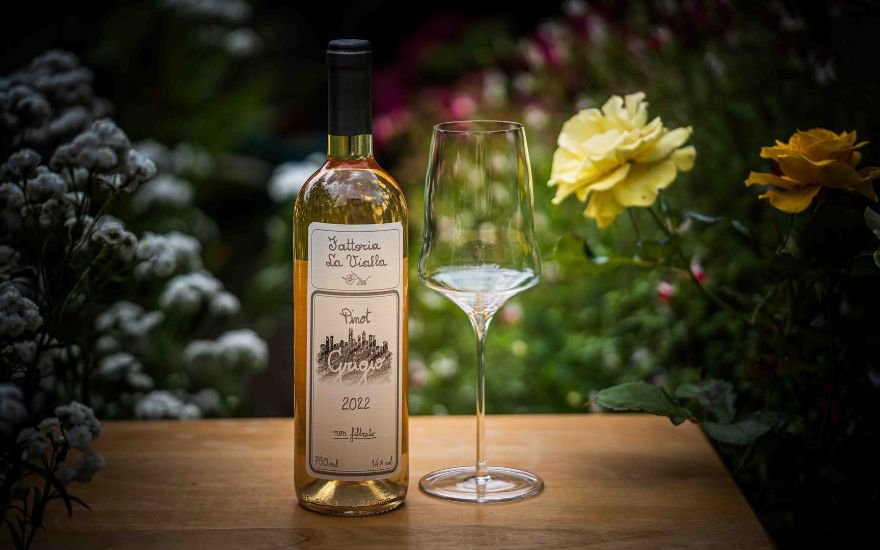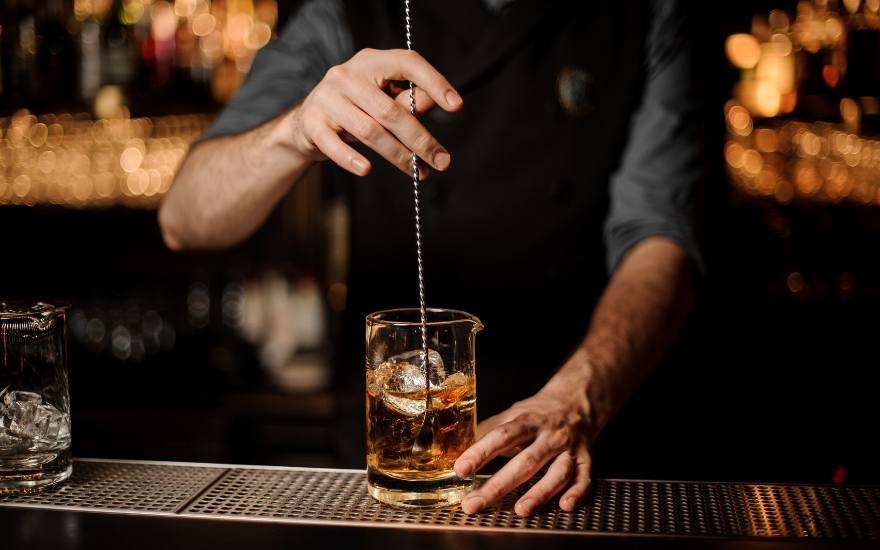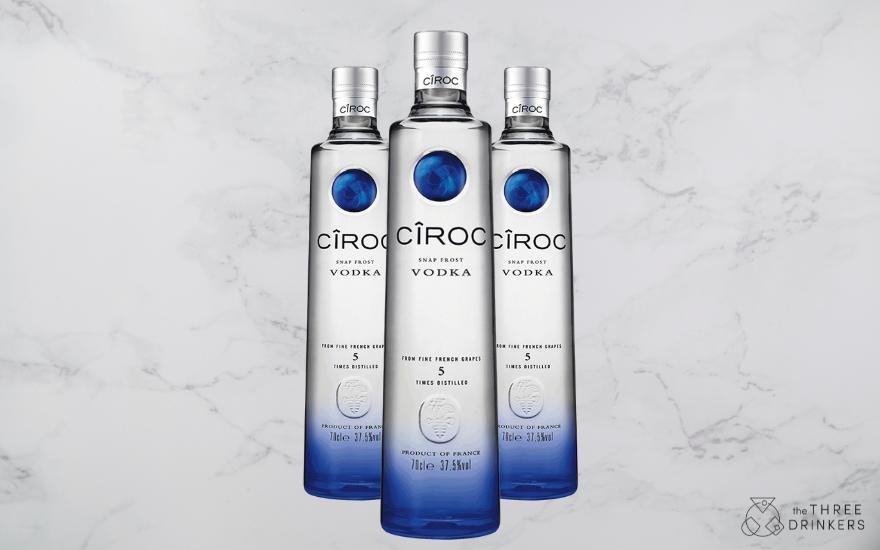As cruel as it might be after some pretty underwhelming sunshine, summer is leaving us, but replacing it is many people’s favourite season – autumn. As the leaves turn golden and the nights grow longer, it’s time to cosy up with some autumnal cocktails.
Here, we’re looking for rich flavours, brooding darker spirits, warming spice and comforting fruits. Whether you’re after something easy to whip up or a drink that surprises, these seven cocktails bring the taste of autumn to your glass. We’ve even included a couple of hot drinks for when the chill really sets in. So, grab a blanket, pop on a film, and let’s sip our way through the season.
Apple Cider Old Fashioned
This is your classic Old Fashioned, but with an autumnal twist that’ll have you feeling all cosy inside. The bourbon brings its usual warmth, but it’s the crisp apple cider and hint of maple syrup that elevate this cocktail into seasonal perfection. The balance of sweetness and spice makes it the ideal drink for cool, autumn nights. Simple, sophisticated, and deliciously autumnal.
Ingredients
50ml bourbon
15ml apple cider
1 teaspoon maple syrup
2 dashes Angostura bitters
Apple slice for garnish
Method
Stir the bourbon, apple cider, maple syrup, and bitters with ice. Strain into a rocks glass over a large ice cube. Garnish with an apple slice.
Chai Whisky Sour
Take the classic Whiskey Sour and give it a chai twist, and you’ve got autumn in a glass. The warm, spiced flavours of chai tea mix beautifully with the sharpness of the lemon and the depth of whisky. It’s fragrant, comforting, and a little bit exotic – the perfect cocktail for sipping on a chilly evening. You can buy chai tea syrup from the likes of Monin, but it’s very easy to make yourself too.
Ingredients
50ml whisky
20ml chai tea syrup
25ml lemon juice
Egg white (optional)
Method
Shake whiskey, chai syrup, lemon juice, and egg white (if using) with ice. Strain into a glass and garnish with a cinnamon stick.
Smoky Maple Mezcal Sour
For something a little more unusual, try this Mezcal Sour with a twist of maple syrup. Mezcal’s smoky flavour pairs beautifully with the sweet richness of the syrup and the tang of lemon. It’s a bold, exciting cocktail that’s perfect for those looking for something a little different this autumn – smoky, sweet, and refreshingly tart.
Ingredients
50ml mezcal
20ml maple syrup
25ml lemon juice
Egg white (optional)
Method
Shake mezcal, maple syrup, lemon juice, and egg white (if using) with ice. Strain into a glass and garnish with a lemon twist. Delicious and distinct.
Cranberry Gin Fizz
This cocktail brings together the tartness of autumnal cranberries with the light, botanical flavours of gin for a refreshing, yet autumnal drink. The fizz from the soda makes it light and airy, while the cranberry gives it a seasonal twist. It’s a delightful balance between refreshing and comforting, and it looks just as good as it tastes. Autumn doesn’t just have to be about rich and warming flavours!
Ingredients
50ml gin
25ml cranberry juice
15ml lemon juice
Soda water to top
Garnish: fresh cranberries
Method
Shake gin, cranberry juice, and lemon juice with ice. Strain into a glass over ice and top with soda water. Garnish with fresh cranberries.
Hot Buttered Rum
The pinnacle of autumnal indulgence – we don’t know why this isn’t more popular. Few things scream ‘autumn’ like this traditional hot cocktail. Rich, buttery, and full of warming spices, Hot Buttered Rum is a treat you can sip while wrapped in a blanket. The rum adds a touch of sweetness and warmth, while the spices and butter make it taste like liquid comfort. It’s like drinking a hug.
Ingredients
50ml dark rum
70ml hot water
1 tsp brown sugar
1 tsp unsalted butter
A dash of vanilla extract
Pinch of cinnamon and nutmeg
Method
Muddle and mix sugar, butter, vanilla extract and all those beautiful spices at the bottom of a handled glass or mug. Pour in the rum, then the hot water and give it a nice stir (with a cinnamon stick if you’ve got them in!)
Pumpkin Spice Hot Toddy
Let’s stick with those warm serves for now. You can take a look at Hot Toddy variations here, but how about this Pumpkin Spice riff? It’s warm, comforting, and everything you love about autumn in a mug. The whisky brings its usual rich intensity, but the pumpkin spice syrup adds a seasonal sweetness that’s impossible to resist. Perfect for wrapping up on a crisp evening or fighting off a cold.
Ingredients
50ml whisky
25ml pumpkin spice syrup
150ml hot water
1 cinnamon stick
Lemon slice for garnish
Method
Stir whisky, pumpkin spice syrup, and hot water together. Add a cinnamon stick and lemon slice. Serve warm and enjoy.
So many cocktails can undergo an autumnal makeover simply by using syrups. Ginger, cranberry, cinnamon etc. – pretty much anything can become a syrup, and it’s really easy to make yourself! Check out some recipes here.


























































































